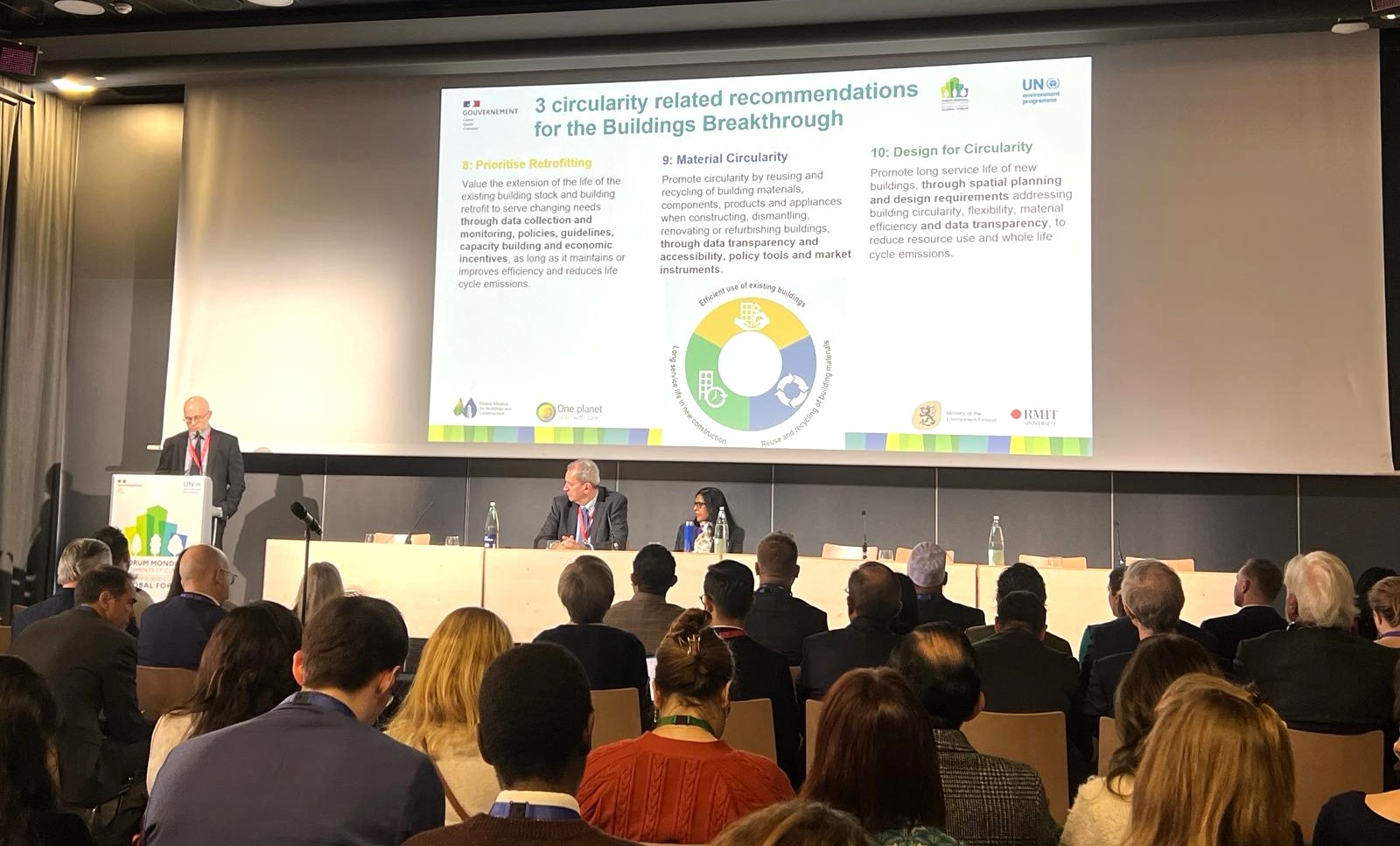Energy Efficiency (Energy Consumer and Energy Audit) Regulations 2017
With a view to enhance our energy performance, the Republic of Mauritius has proclaimed its Energy Efficeincy Act in 2011. The Act makes provision for the setting up of a dedicated institution, namely the Energy Efficiency Management Office, a coordination body – Energy Efficiency Committee, and a series of Regulations to support the implementation of energy efficiency measures.
One ofthese Regulations pertain to the Energy Efficiency (Energy Consumer and Energy Audit) Regulations which were proclaimed in February 2017. These regulations have been formulated to provide for mandatory energy audits to be carried out at large energy consumers when so directed by the Energy Efficiency Management Office (EEMO).
To help demarcate the large energy consumers, the regulations also define the criteria. As such, a large energy consumer is one with an average annual energy consumption of 15 toe. This is equivalent to 174,418 kWh. Hence, a list of large energy consumers has been drawn for carrying out mandatory audits. The Regulations, in a first pilot phase targeted only Government Institutions and has been progressively extended to address parastatal and private organisations.
The Republic of Mauritius is highly dependent on imported fossi fuels. With a view to better manage our energy resource and improve efficiency, the Energy Efficiency Act was proclaimed. The Act includes a series of Regulations which aim at settng up dedicated frameworks for improving energy efficiency.
The Energy Efficiency (Energy Consumer and Energy Audit) Regulations were proclaimed in February 2017. The Regulations make provision for carrying out mandatory energy audits to assess the energy performance of buildings/ institutions. In a preliminary phase, the regulations applied to the Government sector only and provided, inter-alia, for energy audits to be carried out at large energy consumers. As per the Energy Efficeincy REgulations, large energy consumers have been defined as those with an average annual energy consumption of 15 toe (equivalent to 174,418 kWh).
As per the Regulations, a list of large energy consumers had been identified and notifications issued to request them to carry out their Energy Audits. These Audits include an assessment of energy use in the institution, identify hotsposts and also make a series of recommendations that need to be implemented to improve their energy performance. The recommendations are elaborated through a phased approach, listing the measures as long-term, medium term and short term.
The measures proposed pertain to engineering solutions to enhance energy efficiency, recommendations for using more energy efficienct appliances as well as retrofitting buikdings so that they are more energy friendly (more efficienct lighting, use of renewable energy for heating purposes as well as capturing natural lighting instead of relying on the grid). Requests have been addressed to the Ministry of Finance to make provisions in the national budget to support these recommendations so that the measures may be progressively implemented.
In 2020, the Regulations have been amended so that that local authorities, parastatal bodies and other bodies set up under an Act of Parliament fall within the ‘Government Sector’ are also covered. Further amendments have been made to the Regulations so that to-date they also address the private sector. A first list of large energy consumers have been identified including industries and hotel institutions to undertake Energy Audits. A timeframe will be allocated to them (5 years) to enable them to implement the recommended measures.
The implementation of the Energy Audit recommendations will contribute significantly to enhance our energy efficiently, thereby supporting the attainment of our goals under the 2030 Development Agenda – SDGs and our key objectives for the Nationally Determined Contributions which is to improve energy efficiency by 10% by 2030.


